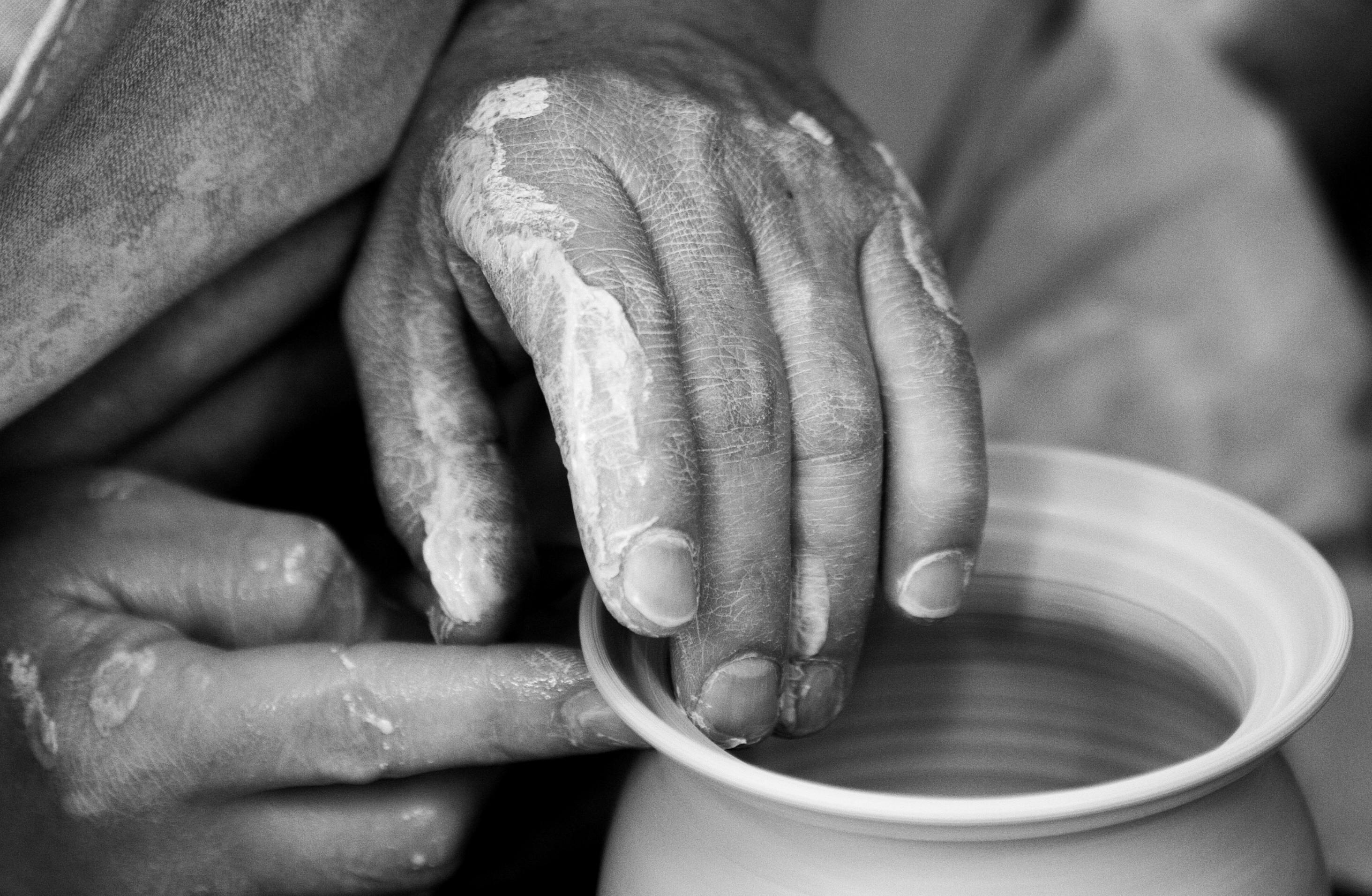
History of Chinatown in Singapore
admin
- 0
The idea of a Chinese city was first conceived by Sir Stamford Raffles, who is the founder of Singapore. Stamford Raffles developed a plan to group Chinese immigrants from China by work and housing. He feels this would create a sense of community between people of the same race and culture, and help them establish themselves quickly.
Some researchers have speculated that the business houses were a fusion of the narrow-fronted houses that are a familiar sight in Amsterdam with those in southern China, especially Guangzhou and Fujian. (‘Shophouses’ would be rows of shops that have an upper floor for residence, which generally resides with the family and the shop owner). Some see it as a duplicate of Raffles’ experience in Malaysia. His instructions to the Singapore Urban Planning Committee in 1822 stated that houses should have a uniform front type, each with a veranda of a certain depth, open on all sides as a continuous open passage on each side of the street. This probably led to the “five foot path” that Chinatown business houses are famous for.
In the old Chinatown, many street vendors lined the busy streets to earn a living and provided convenient meals to workers working near the Singapore River. The streets were also famous for the bullock carts, which gave the Chinese name “Niu Che Shui” to the present Chinatown. All kinds of businesses flourished as more Chinese immigrants arrived and more stores and warehouses were built nearby. But many buildings in Chinatown were destroyed during the Japanese occupation of Singapore in WWII, and there were some that were demolished due to excessive deterioration of the mostly wooden structures. In recent years, thanks to government conservation efforts, many of these buildings have been restored to their former charm, thus offering a unique window into the past, a glimpse into how the early Chinese settlers lived and worked.

